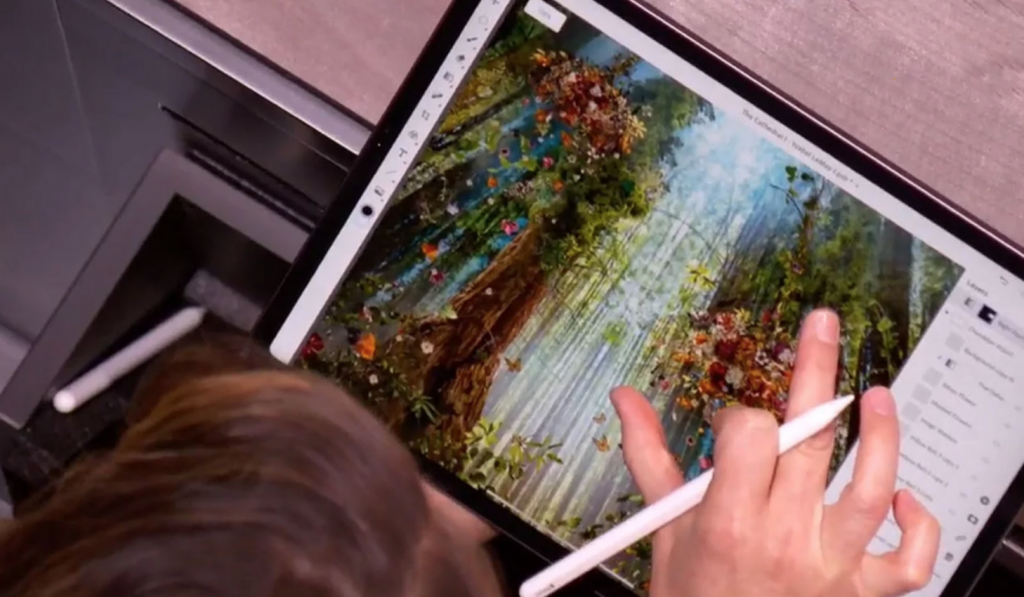Street art has evolved from graffiti to being socially accepted. Some communities have even hired painters to brighten a park’s walls and industrial complexes, for instance.
Technology can further that experience by digitizing the piece and even adding a few surprises along the way.
Augmented Reality
The nature of AR is to put something that’s not physically tangible, like 3D blocks and animals for example. Imagery and items are added to a mural painter’s creation to make it larger than life.
Implementing AR is easy- a graphic designer or coder can add ‘layers’ to existing art pieces depending on what they want the viewer to see. Already we’re seeing what AR is capable of in creative minds. A street artist or mural painter can force passers-by to engage in the art, which shifts depending on the viewer’s location.
Interactive Art
Interactive art has existed before in the 50’s but digitization has brought it back to the forefront. Basically, artists can create layers of experiences that the viewer interacts with on several fronts.
This type of immersion is good for beginners and enthusiasts alike. It not only engages the eyes but the brain and other senses as well. Interacting with a painting or creation can leave a longer-lasting impression on the viewer.
3D Printing
3D printing gained popularity a few years back and is now at its peak. Aside from being able to manufacture specific parts or products, e.g., clothing and automotive parts, it can also be used to produce exceptional art pieces that’s difficult to recreate manually.
3D printed art is customizable and cater to individuality in a number of ways. You can have a set of 3D printed dogs, for instance and display it in the living room. The possibilities are virtually endless; as long as there’s a blueprint the printer can make it happen.
Laila Azzahra is a professional writer and blogger that loves to write about technology, business, entertainment, science, and health.
